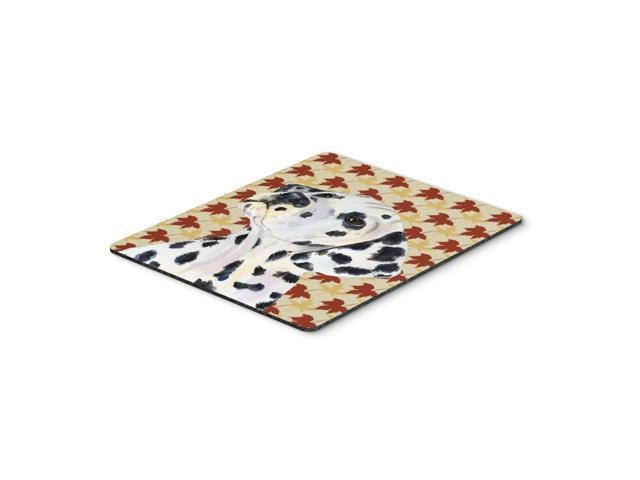Excerpt from Danger in Judging Cotton Varieties by Lint Percentages
It would be a serious misfortune if the buying and selling Of un ginned cotton on the basis Of lint percentage should be the cause of extending this mistaken idea that lint percentage is all - important. Some Of the States prohibit the sale Of unginned cotton as a means Of protecting farmers against thieves, but the method Of buying by lint percentage is in itself neither unjust nor inconvenient. It is essential, however, that the farmer, as well as the seedsman and the breeder, shall understand that lint percentages are being connected with two entirely separate problems. The use Of the’lint percentage to figure out the value Of the commodity has nothing to do with the way the lint percentage should be used in determining the value Of a variety. After the crop is ripe and the price is agreed upon the percentage Of lint determines what the farmer’s returns shall be. This is the commercial problem. The agricultural problem comes before the crop is planted. It is to choose the variety which will give the most valuable product. Here the lint percentage is only one Of several factors, for the highest percentage Of lint does not insure the largest or the most valuable crop.
The need Of improving cotton varieties and methods of culture is appreciated now as never before, with the high prices Of the fiber and the difficulty Of securing labor to produce it. Planter and buyer alike are interested in improving the quality and increasing the yields. The time must soon come when intelligent farmers will carefully select their own seed, for experiments are showing that larger yields and better staple can generally be secured in this way than by the frequent change Of varieties, however promising the new stocks may have appeared in the place Where they were bred. This makes it all the more important that farmers should not imagine that attention to lint percentages alone affords any assurance that a variety is being improved or that a new sort is superior to the best that their own neighborhood affords.
About the Publisher
Forgotten Books publishes hundreds of thousands of rare and classic books. Find more at www.forgottenbooks.com
This book is a reproduction of an important historical work. Forgotten Books uses state-of-the-art technology to digitally reconstruct the work, preserving the original format whilst repairing imperfections present in the aged copy. In rare cases, an imperfection in the original, such as a blemish or missing page, may be replicated in our edition. We do, however, repair the vast majority of imperfections successfully; any imperfections that remain are intentionally left to preserve the state of such historical works.















